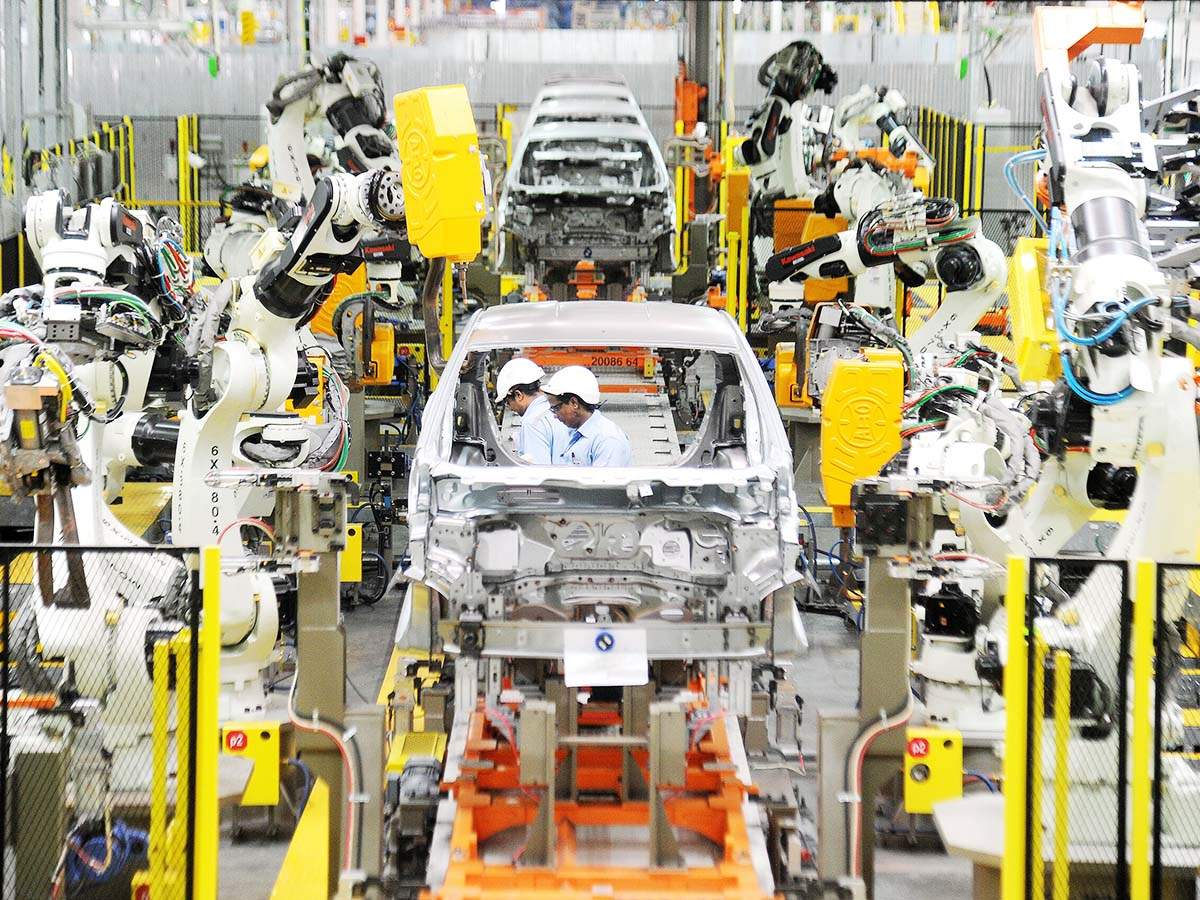
For the automotive industry, 2020 has been similar to the recently drawn India-Australia Sydney match. Due to multiple player injuries and an apparently impossible situation, experts had written off India’s chances to save the match.
The auto industry was also hit by the novel COVID-19 and a lot of companies struggled to cope up. But much like the resilience and grit shown by Vihari and Ashwin and the aggression shown by Rishab Pant to save the match, the automotive industry has fought back valiantly and vehicle sale numbers in the latter half of the year are a promise of greater times to come.
In such a scenario, the auto industry expects relief from the Union Budget 2021-22 in multiple areas including direct and indirect taxation, in addition to various policy-level initiatives. Such reliefs will strengthen India’s automobile’s growth story, which has been waiting for some respite with bated breath. In light of this, the key asks from the government include reduction of GST rates on vehicles and measures to improve the disposable income of the salaried class.
The auto industry expects relief from the Union Budget 2021-22 in multiple areas including direct and indirect taxation, in addition to various policy-level initiatives.~
Although Goods and Services Tax (GST) rates are determined by the GST council, lower taxation is vital for reviving demand in the sector. In order to target the first time vehicle buyers, a segment that has shown increasing preference to personal mobility, the government and the GST council could make cars cheaper by temporarily reducing the GST rate to 18% from the present 28% and reducing the compensation cess rates.
Removal of restrictions to avail the input tax credit of GST paid on automobiles for businesses would make automobiles cheaper when used for business purposes, besides fulfilling the basic intention of GST to eliminate cascading of taxes. This move can have a positive impact in these difficult times. As demand picks up, government revenues are also bound to increase.
Although the government may be reluctant to further cut income-tax rates in view of the limited fiscal room, it may consider giving some special deductions for interest on loans for auto. In the light of car loans being offered at all-time low-interest rates, the government can consider expanding the availability of tax deduction of interest on the loan for EVs to other vehicles.
The LTC cash voucher scheme introduced by the government is a positive step that facilitates employees to claim cash in lieu of leave travel allowance with tax exemptions, even without actual travel subject to fulfillment of certain conditions. Under the scheme, expenses can be claimed until March 31, 2021, and this deadline may be extended to December 31, 2021, in line with the leave block period, to further boost consumption.
Another unmet demand from the sector is the scrappage policy. Incentivising the purchase of new vehicles should be implemented quickly to attract old and new consumers in the market.
The government’s focus on increasing disposable income to encourage consumption and make procurement cheaper to ensure that India is competitive in the global supply chain certainly has the power for a strong rebound in the sector.~
However, given the increase in government expenditure due to the COVID-19 vaccination roll-out, an increase in certain taxes or cess cannot be ruled out. The government may move forward and levy a new COVID-19 surcharge. There could also be a potential impact of the new labour code to reduce the take-home salary. The consequences of all these regulations will need to be considered and balanced by the government not to dampen consumption.
Electric mobility is another major theme and a key priority area for the government. Ongoing focus on electric mobility is bearing fruits and many Indian promoters and international groups are willing to invest in the electric vehicle (EV) segment. Infrastructure for ease of use of EV like charging kiosks is another important requirement to boost demand.
The growth in the Indian automobile industry has been an important factor in India’s overall growth story. Recognising the same, as a part of its Atmanirbhar Bharat (self-reliant India) scheme, the automotive and the related ancillary sector is included in the promised production-linked incentive (PLI) scheme. While the industry awaits the finer details of the scheme, import substitution should be focussed along with the agenda of encouraging exports.
PLI Scheme along with the Manufacture and Other Operations in Warehouse Regulations (MOOWR) scheme and a recently-launched scheme called Remission of Duties and Taxes on export products (RoDTEP), will give the sector a further boost. The industry expects quick announcement of details of the PLI Scheme followed by faster disbursal of incentives and pending tax refunds to help in this key period of recovery.
The government’s focus on important areas such as increasing disposable income to encourage consumption and make procurement cheaper to ensure that India is competitive in the global supply chain certainly has the power for a strong rebound in the sector.
The Budget hopefully is like a game-changing over for the sector providing the much-needed booster shot which in turn can be the major driving force to revive and sustain India’s V-shaped recovery and meet its vibrant ambitions.
The author is Tax Partner and National Auto Sector Tax Leader, EY India. Senior Tax Professionals: Swati Agarwal and Shinjini Srivastava have also contributed to the above article. The views expressed are personal.














